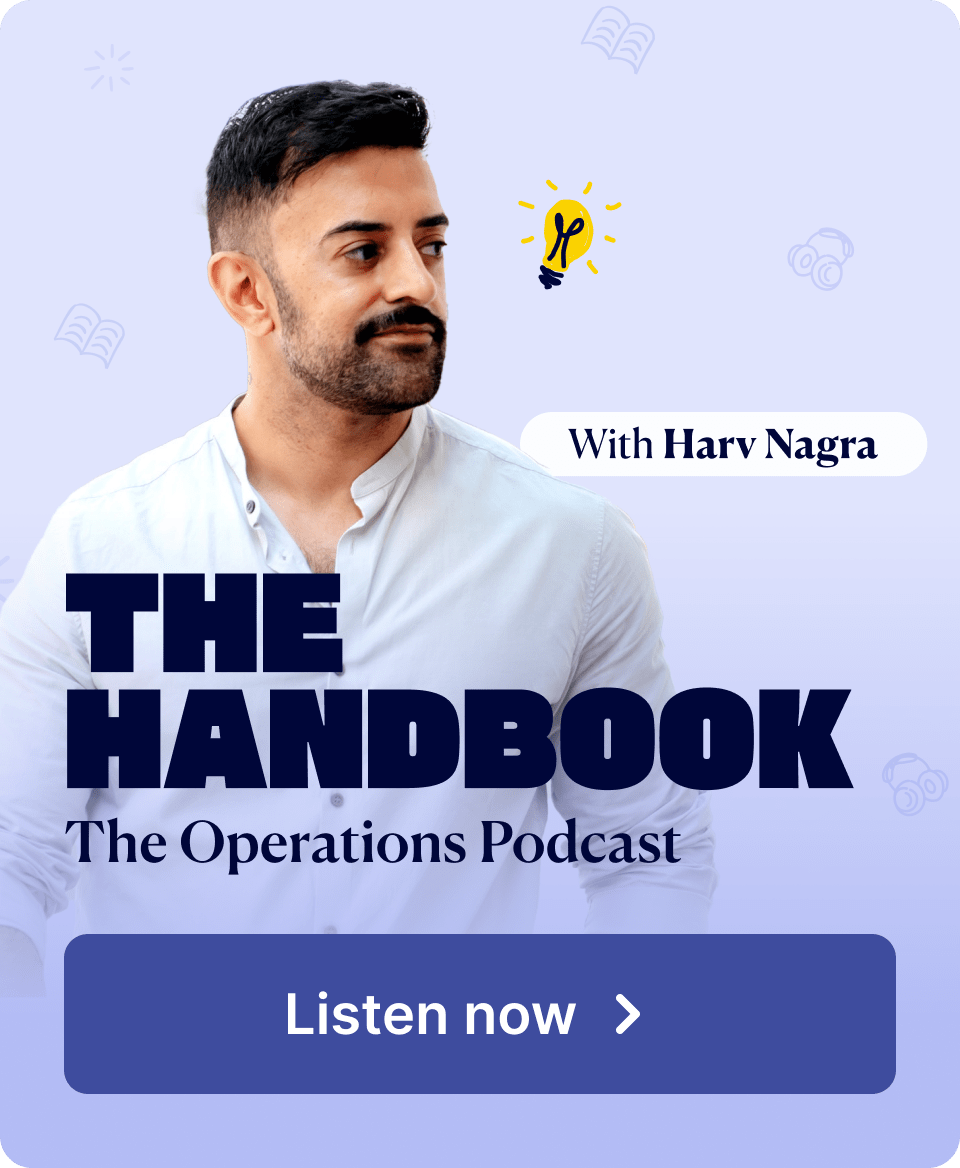Have you ever been in a situation where you find a job description and understand that it is exactly what you have been looking for? You think you might be an excellent fit, but not sure how to stand out to get to the first interview to prove this. Or…you receive a standard rejection letter not knowing what you’re doing wrong?
I’m Hiie-Liin, a recruiter in Scoro, and my job is to manage the full cycle of the recruitment process and make sure the right people find their place in Scoro. As a recruiter, I go through massive loads of resumes and see similar mistakes that could easily be avoided.
Read on to get some tips directly from our recruitment team on how to improve your job application and secure yourself an interview.
1. We want to know “why”: always include a cover letter
Even if a cover letter is not required, a short summary of yourself and “Why are you interested in the company and role?” is essential. A good explanation can be particularly useful if your previous experience is not an exact match. From the Scoro application form, you can find a special section of ‘Why do you want to join our team?’, do not forget to fill it out!
Keep in mind:
- Use fewer words to say more! We respect each other’s time. Be concrete and don’t write an essay about your life (or repeat your entire resume). Two to four paragraphs are more than enough.
- Do not use the formal template available on the Internet. The standard motivation letter doesn’t give us much information about you. Let us see your personality and show your excitement!
- Tailor your cover letter to a specific job – understand the role you’re applying for and demonstrate to us, you have put some thought there.
- Tell us about your motivation and ambition – what could Scoro do for you and how your previous background could help us! Many applicants just cover the first part (talking all about me) but don’t give us much information on how their experience can benefit Scoro. This is especially important if you’re changing your career or entering the job market!
2. Reassess your resume: keep it short, structured and clean
Recruiters usually go through hundreds of profiles a day and, on average, spend just 7 seconds reviewing a resume. Therefore, a well-organized and targeted CV is crucial.
Things to remember:
- Include only necessary information and job experiences relevant to the role – no need to cover all the jobs and projects you have done since high school. Try to fit all the information on one page (or a maximum of two). When describing your experience, start with the latest and most important.
- In addition to your work title, add an explanation of your main tasks, technologies, and accomplishments. The same job title can have a very different meaning in another company.
- Make your resume look pretty, easily readable, and structured. Be sure it doesn’t have any grammar mistakes or do not use too small a font, dark colors, or crowded text as it can be challenging to read, and essential details can accidentally be missed. There are a lot of classical and more fancy templates available online. As long as the information is well presented and correct, it doesn’t matter which one you use. A resume looking like a marketing advertisement is not the most crucial factor to focus on.
- When applying to an international company, always write your resume in English. Most tech companies have English as their official communication language, and the hiring managers might not speak your native language.
- Add your current location (city & country) to your resume. If you’re planning to move, would like to be relocated, or seek a fully remote role, mention this in the resume and cover letter. Some companies automatically reject people with the wrong location, and you don’t want to be one of them.
3. LinkedIn 101: make sure your profile is up to date
As recruiters use LinkedIn daily, it’s effortless to absorb relevant information about the candidate from there. While your resume should consist only of relevance to the specific job, the LinkedIn profile highlights your professional career and can have more personality.
In many companies (including Scoro), you can just use your LinkedIn profile to apply and do not need a separate resume. Thus, make sure your profile is updated, looks professional, and has all the information. There are a lot of online guides describing step-by-step how to make your LinkedIn profile stand out.
Don’t forget to:
- Add a profile picture – we don’t make any decisions by look, but a professional photo can be important, especially while applying for sales or client-facing positions.
- Write a summary to highlight your personality and work experience – you can also add what kind of opportunities you are open to.
- If you’re actively looking for a new job, do not keep it to yourself! Additionally, to the header, where you can mark ‘open to finding a new job,’ add a frame #OpenToWork to your profile picture and a longer description in the summary area.
- Grow your LinkedIn network – especially when you’re applying for roles that require a lot of communication and the presence of a network.
4. Show and tell: include samples of your work or accomplishments
A lot of job seekers just list their tasks and day-to-day responsibilities. Highlighting your achievements and adding samples of your work and projects can be a great idea if you’re looking to stand out.
Good examples include links to your GitHub, a mobile app you’ve built, your website, a portfolio of designs, a publication in a magazine, a blog post, or a hackathon experience. These can boost your resume and tell much more about the candidate’s skills, personality, and fit for the company.
Suppose you have recently finished school and probably don’t have much actual work experience. In that case, you can bring out school projects you have worked on or volunteering experiences that give the company an idea of your skills and personality.
Although cultural fit and soft skills are usually assessed during the interview phase, highlighting your not work-related projects can also show you another perspective and support your candidature.
5. It’s good to be picky: choose the role you’re applying for carefully
It’s expected that sometimes more than one role can get your interest in the company, and it’s tempting to apply to them all. However, let’s assume these positions are entirely different e.g. Marketing Specialist, Product Manager, and Software Engineer. Applying for totally different roles can send a message that you’re a serial job applicant who doesn’t read the job description and is not aware of your existing skills.
But if there is more than one position that relates to your experience and you’re not sure what can be the best for you, I would recommend the following options:
- Mention in your cover letters that you’re applying for more than one position in the company and explain why you’re the best for each of them.
- Send an open application form together with a well-explained motivation letter. Most companies, including Scoro, have an open application form on their website.
You can also connect with the recruiter directly on LinkedIn and ask for their advice. Sometimes, landing an interview with a company requires a more strategic approach than just sending in your resume so don’t fret and let that chance slip away.
Interested in working in Scoro? Then check our open roles on the Careers Page, follow the 5 steps you’ve just read and apply!





